Welcome to the exciting world of solar power. With a world increasingly aware of climate change and the need for sustainable energy sources, solar power is at the forefront of renewable energy solutions. This beginner’s guide will introduce you to the key concepts and components of solar power systems, and help you understand why solar power is becoming an increasingly popular choice for homeowners and businesses.
Table of Contents
Introduction to Solar Power
Solar power, the conversion of sunlight into electricity, has been around for more than a century, but only in the last few decades has it become a viable option for widespread use. The underlying principle of solar power is the photovoltaic effect, a phenomenon where light particles (photons) hitting a material can knock electrons free, creating an electric current.
The main advantage of solar power is that it’s a renewable and clean source of energy, reducing reliance on fossil fuels and the carbon emissions that come with them. On the other hand, the initial setup costs can be high, and the efficiency of solar power systems can be affected by factors such as weather and location.
Types of Solar Panels
There are three main types of solar panels, each with its unique features, efficiency, lifespan, and cost.
Monocrystalline Solar Panels
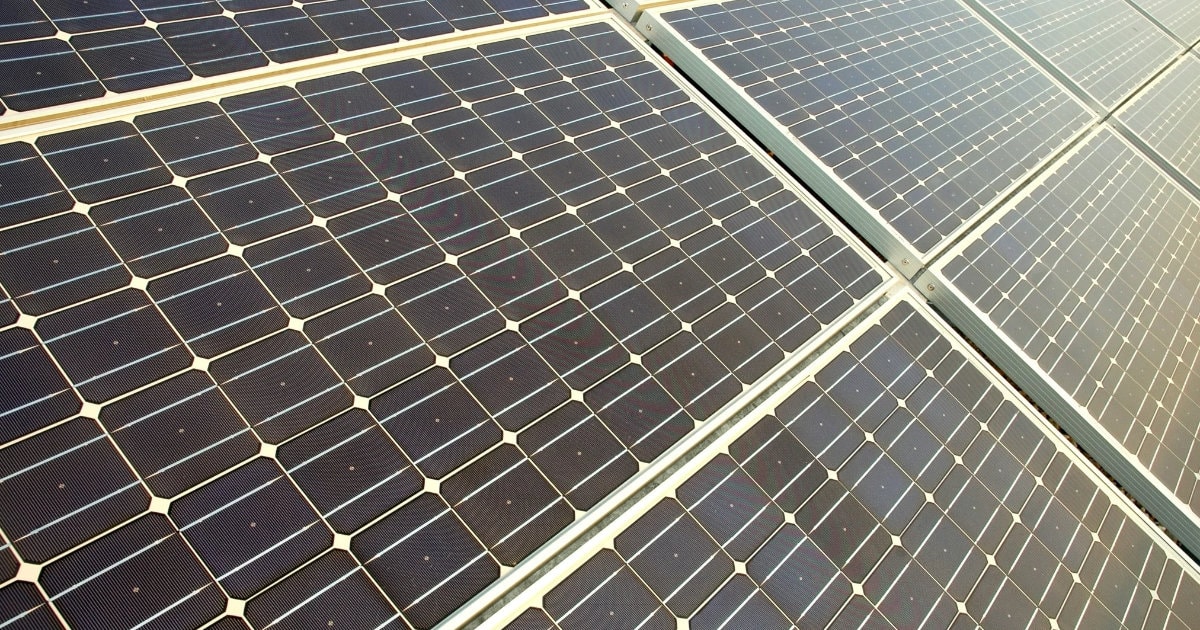
Monocrystalline solar panels are made from a single crystal structure, which gives them a uniform, dark appearance. They offer the highest efficiency and lifespan (up to 25-30 years), but they’re also the most expensive.
Polycrystalline Solar Panels
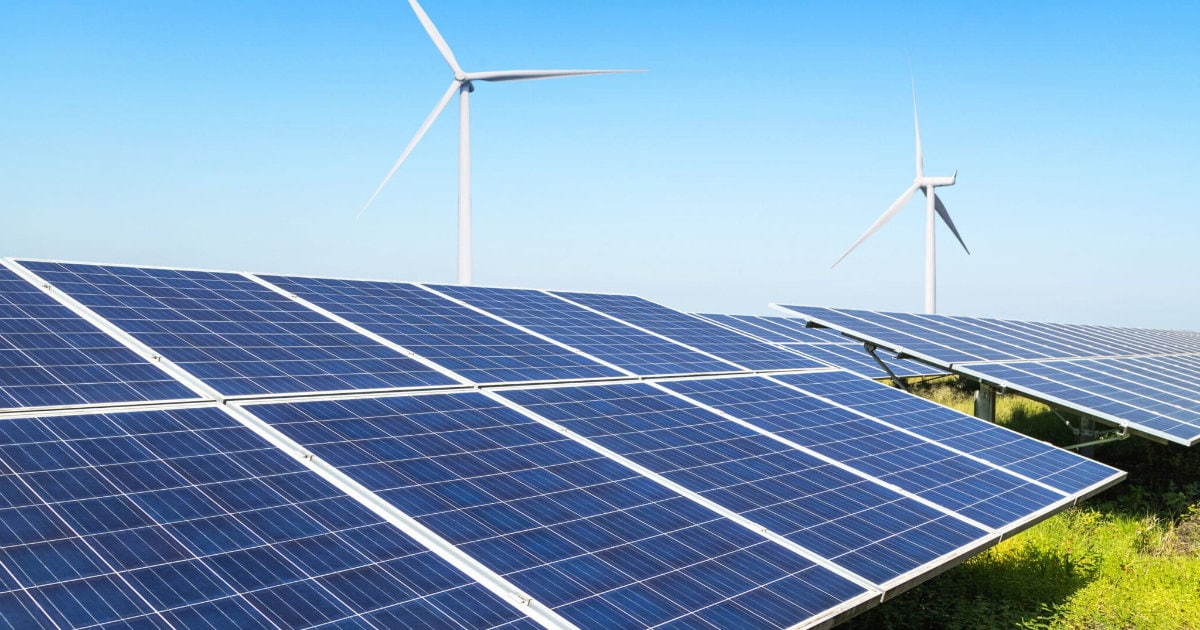
Polycrystalline solar panels are made from multiple crystal structures, which gives them a bluish hue. They have slightly lower efficiency and lifespan than monocrystalline panels, but they’re also less expensive.
Thin-Film Solar Panels
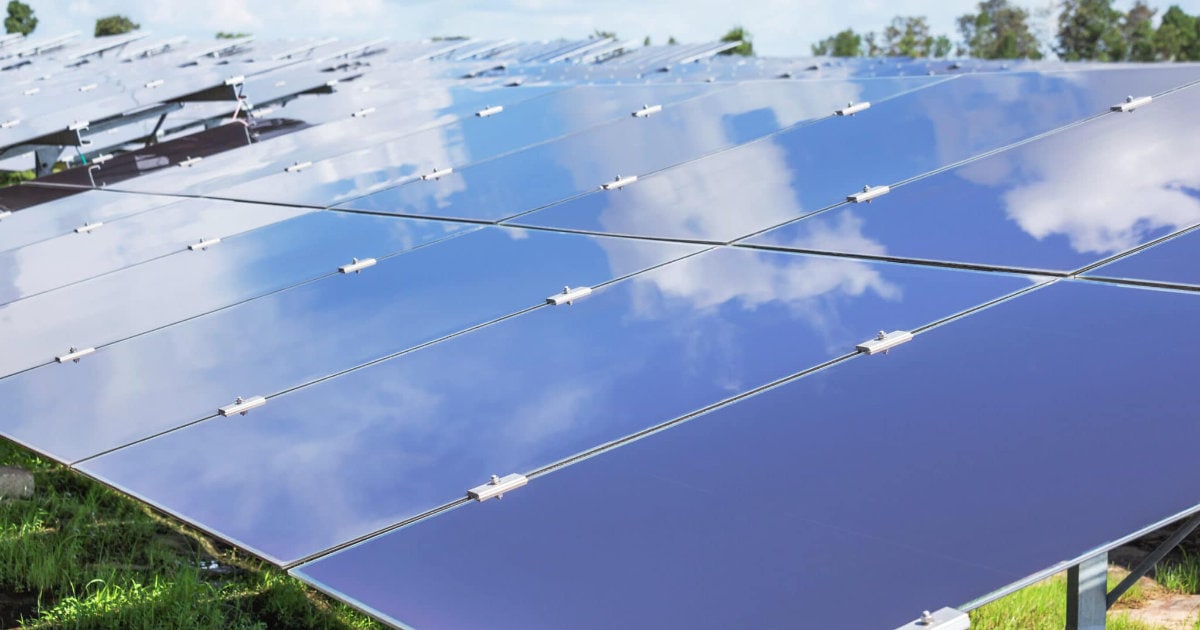
Thin-film solar panels are the cheapest and easiest to produce. However, they have the lowest efficiency and shortest lifespan, making them ideal for projects where high performance isn’t critical, such as low-power devices or large-scale installations where space isn’t a limiting factor.
Components of a Solar Power System
A solar power system is more than just solar panels. It includes several components, each playing a crucial role in converting sunlight into usable electricity and delivering it to your home or the grid.
Solar Panels

Solar panels consist of solar cells that convert sunlight into direct current (DC) electricity. These cells are typically made of silicon, a semiconductive material that exhibits the photovoltaic effect.
Solar Inverter
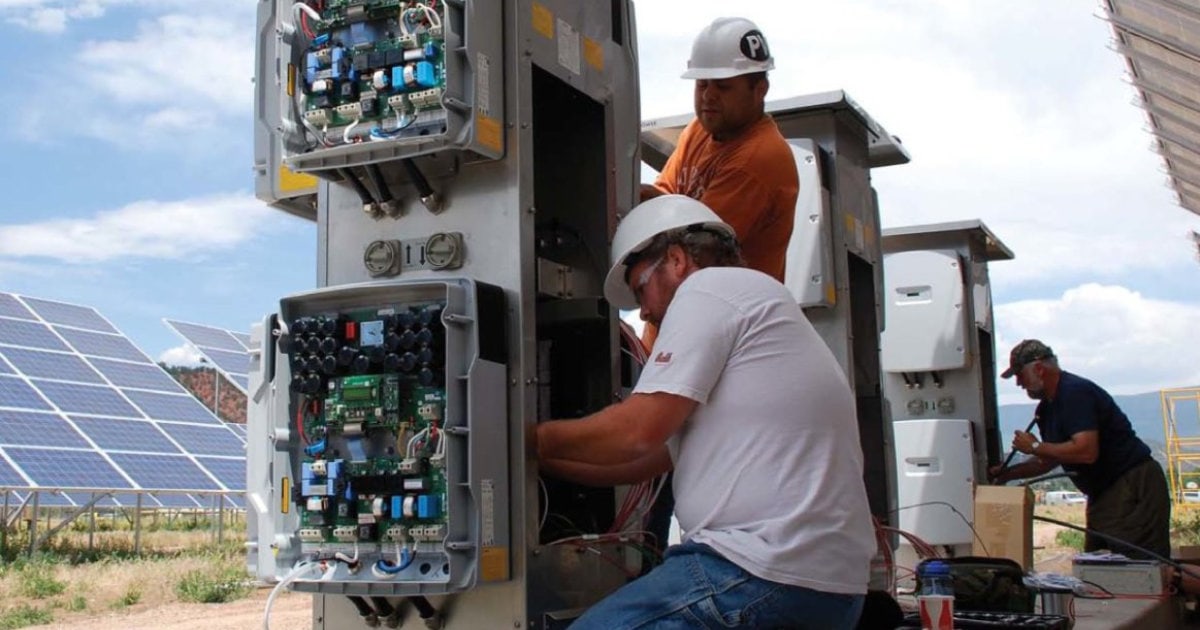
A solar inverter takes the DC electricity from the solar panels and converts it into alternating current (AC) electricity that can be used in your home. There are three main types of inverters: string inverters, which connect an entire series or “string” of solar panels; microinverters, which connect to individual panels; and power optimizers, which are a hybrid solution that combines features of the previous two.
Charge Controller

A charge controller regulates the voltage and current coming from the solar panels and going to the battery. This prevents the battery from overcharging and helps prolong its lifespan. The two main types are pulse width modulation (PWM) controllers, which are simpler and cheaper, and maximum power point tracking (MPPT) controllers, which are more efficient and better for larger installations.
Batteries
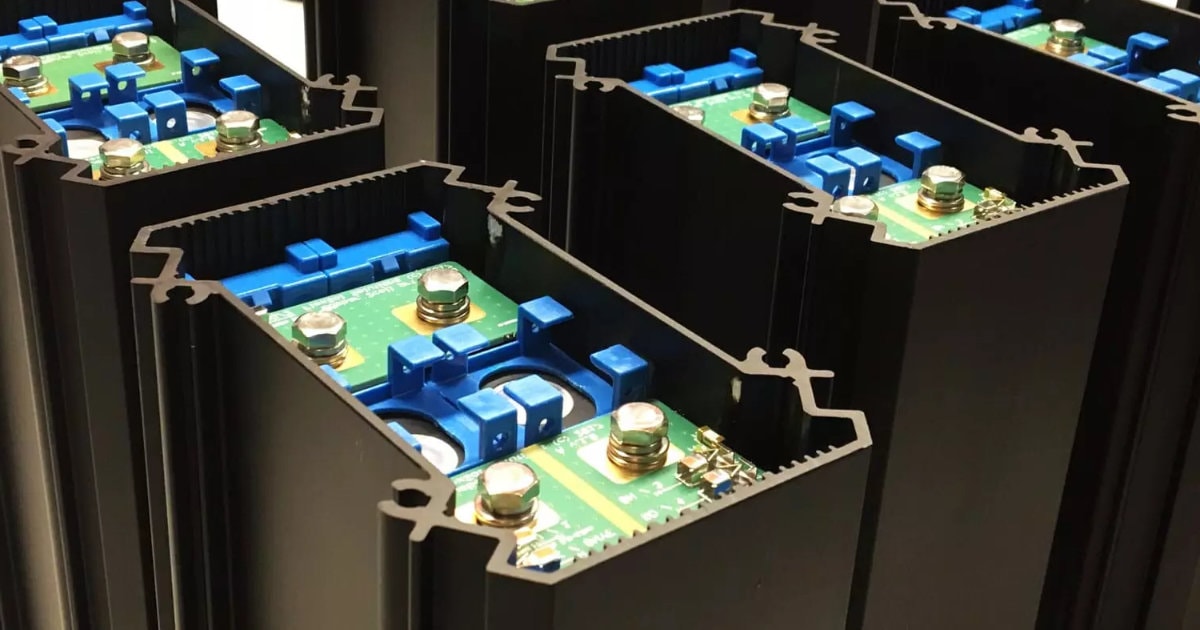
Batteries store excess electricity generated by the solar panels. This stored power can be used when the panels aren’t producing electricity, such as at night or during power outages. The three main types of batteries used in solar power systems are lead-acid (cheapest but shortest lifespan), lithium-ion (more expensive but longer lifespan and greater efficiency), and saltwater (a newer, more eco-friendly option).
Wiring and Mounting Systems
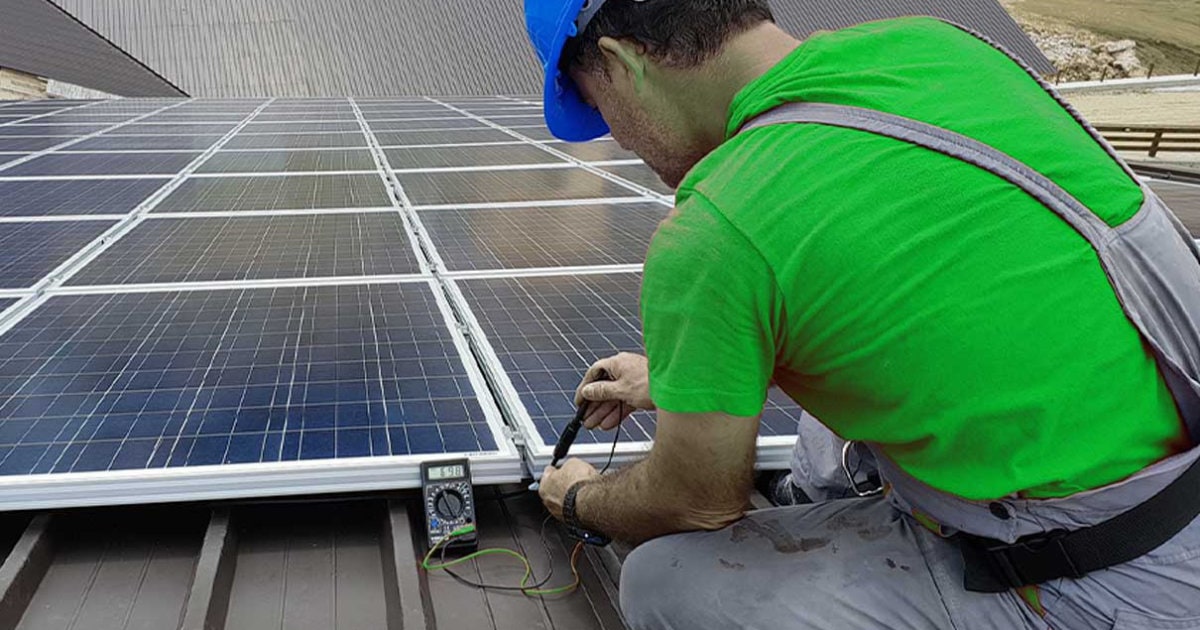
The wiring connects all the components of the system. The mounting system secures the panels in place; the panels must be angled correctly to receive maximum sunlight and avoid shading, which can reduce their efficiency.
Solar Power Installation and Costs

The installation of a solar power system begins with a site assessment to evaluate the suitability of your location. The system is then sized based on your energy needs. The actual installation involves mounting the solar panels, connecting the system components, and integrating the system with your home’s electrical system or the grid.
Costs can vary greatly based on the size of the system, your location, and the specific components chosen. While the upfront costs can be high, various financing options, including loans, leases, and power purchase agreements (PPAs), can make solar power more affordable. Additionally, solar power can save you money on your electricity bills, and any excess power you generate can often be sold back to the grid, helping to offset the costs.
Solar Energy Efficiency
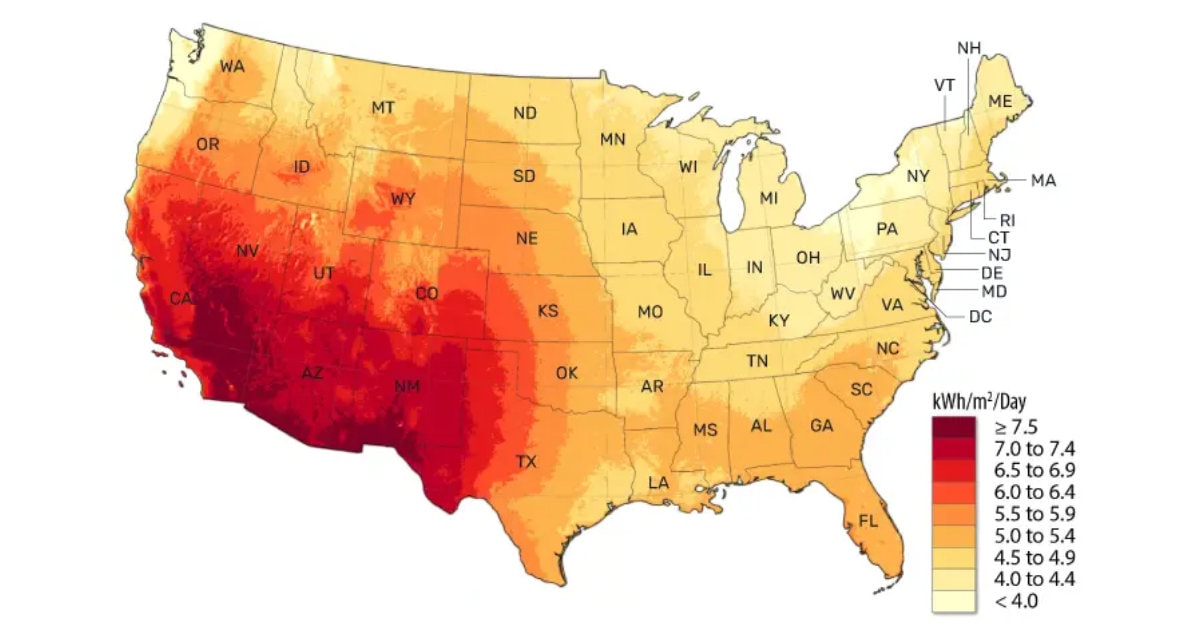
Solar energy efficiency refers to how much sunlight a solar panel converts into electricity. Several factors can affect this efficiency, including the type and quality of the solar panels, the angle and direction they face, the amount of sunlight they receive, and any shading that might occur.
One concept often used in solar power is “peak sun hours,” which refers to the amount of solar energy received in a location in a day. This varies by latitude, season, and weather conditions, but a typical value might be around 4-6 peak sun hours per day in the U.S.
Maintenance and Durability of Solar Panels

Solar panels are quite durable and require relatively little maintenance. Routine activities might include cleaning the panels to remove dust or debris, checking the system components for any signs of damage, and monitoring the system’s performance.
Most solar panels come with a warranty that guarantees they will produce at least 80% of their rated power after 25 years. However, many panels continue to perform well even after this period.
Government Incentives and Policies
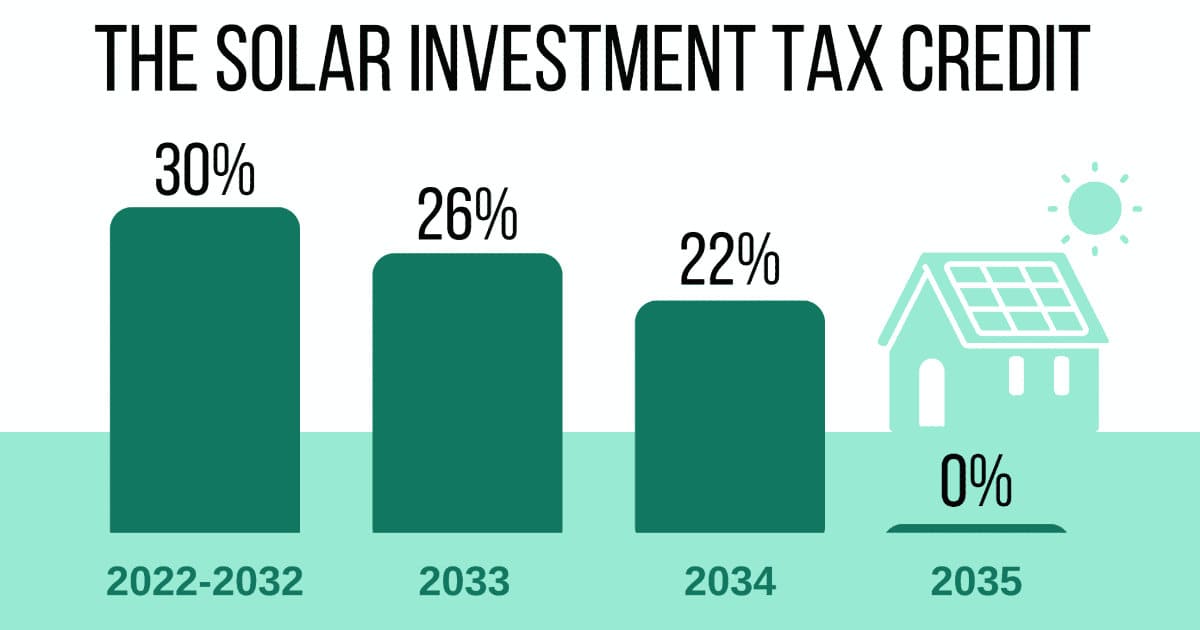
Governments around the world, including the U.S., offer various incentives to encourage the adoption of solar power. The Federal Investment Tax Credit (ITC) allows you to deduct a percentage of the cost of your solar power system from your federal taxes. Many states and municipalities also offer additional incentives, such as rebates, property tax exemptions, and net metering policies, which allow you to sell excess electricity back to the grid at a profit.
Grid-Connected vs. Off-Grid Solar Systems
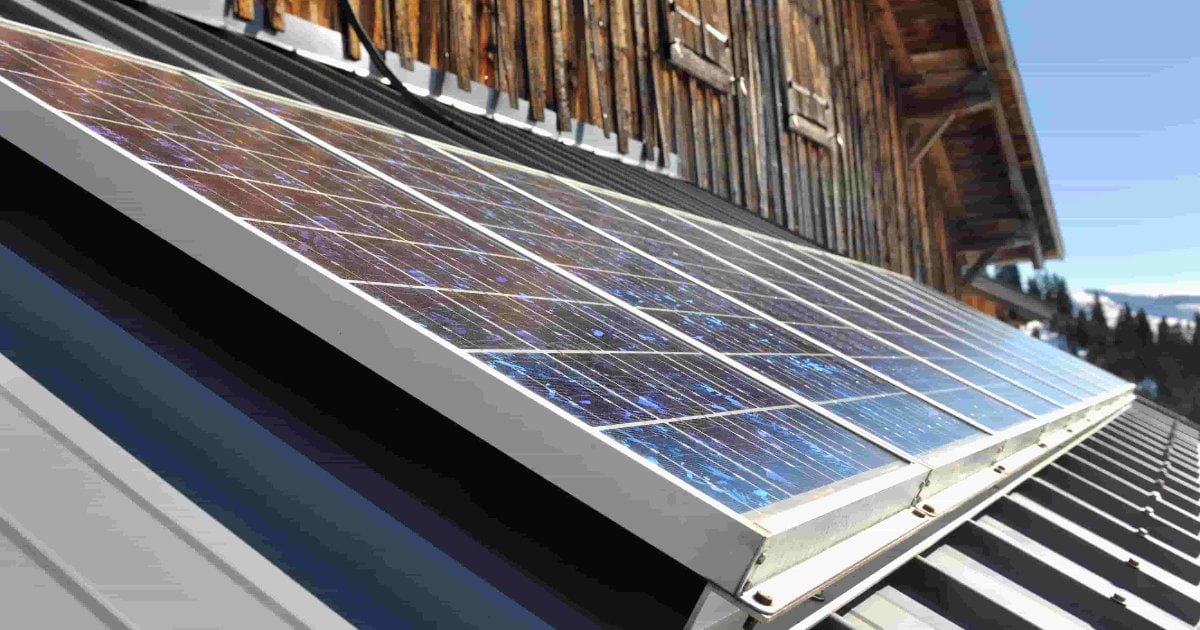
Most solar power systems are grid-connected, meaning they’re connected to the local electricity grid. This allows you to use electricity from the grid when your panels aren’t producing enough (like at night or on cloudy days), and to sell excess electricity back to the grid when your panels are producing more than you need.
Off-grid systems, on the other hand, are entirely independent of the grid. They typically require a large battery bank to store excess electricity for use when the panels aren’t producing. These systems can be more complex and expensive, but they can also provide energy independence and reliability, especially in remote or disaster-prone areas.
Environmental Impact of Solar Power

The environmental benefits of solar power are substantial. Solar power produces no direct carbon emissions, helping to mitigate climate change. It also requires no water to generate electricity, reducing stress on water resources.
On the flip side, the production and disposal of solar panels do have environmental impacts. Manufacturing solar panels requires energy and produces waste, and while recycling programs exist, not all panels make it into these programs. However, the overall lifecycle analysis of solar panels — from production to disposal — still shows a net positive environmental impact compared to traditional energy sources.
Future Trends in Solar Power
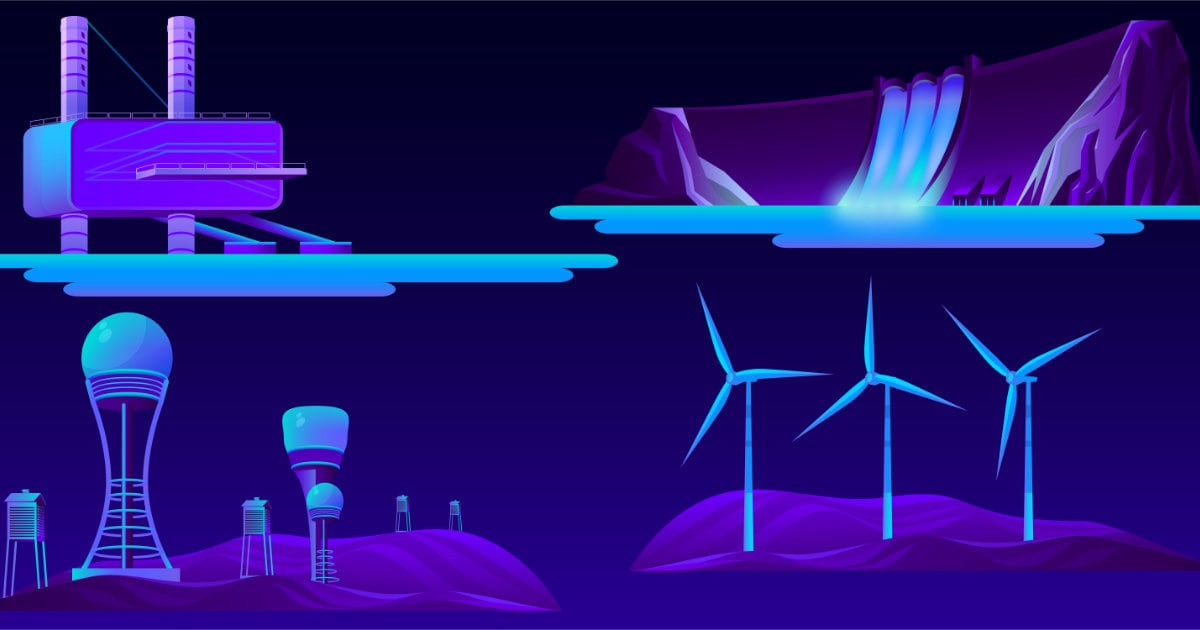
Solar power is continually evolving, with research and development focusing on improving efficiency, reducing costs, and integrating solar power into our homes and infrastructure. Future trends include the development of new photovoltaic materials, the growth of community solar programs that allow multiple households to share a solar power system, and the integration of solar power with energy storage solutions and smart grid technology.
Solar power is an exciting and promising renewable energy source that can provide numerous benefits, from reducing your electricity bills to helping combat climate change. As with any significant investment, it’s essential to do your research and consider your specific needs and circumstances when deciding if solar power is right for you. But with the information in this guide, you’re now well on your way to understanding the basics of solar power.
Frequently Asked Questions About Solar Power
Solar power provides several benefits. It’s a renewable source of energy that reduces reliance on fossil fuels, helping to mitigate climate change. Solar power can also lead to significant savings on electricity bills, and excess power can often be sold back to the grid. Additionally, solar power systems require relatively little maintenance and can increase the value of your property.
The cost of installing a solar power system can vary widely depending on factors like system size, your location, and the specific components chosen. However, as of my knowledge cutoff in September 2021, the average cost in the U.S. was around $3 per watt, meaning a typical 5-kilowatt system might cost around $15,000 before incentives. It’s worth noting that various federal, state, and local incentives can significantly offset these costs.
Solar power works by converting sunlight into electricity. This is achieved through a phenomenon called the photovoltaic effect, where light particles (photons) hitting a solar cell knock electrons free, creating an electric current. This direct current (DC) is then converted into alternating current (AC) by a device called an inverter, making it usable for household appliances and allowing it to be fed into the grid.
Most solar panels come with a performance warranty that guarantees they will produce at least 80% of their rated power after 25 years. However, many panels continue to perform well beyond this period, and it’s not uncommon for solar panels to last 30-40 years with proper maintenance. Factors that can affect the lifespan of solar panels include the quality of the panels, the local climate, and the angle at which they’re installed.
Solar Power In The News
Enphase Energy Ships Its First Solar Microinverters Made In U.S.
Tesla Solar Roof Installed In Less Than 2 Days
Tesla Solar Roof Installers Needed, Training Provided
Tesla Solar Roof Installed In 4 Just Days
Tesla Solar Roof Patent Filed In Europe
Sources
DOE Solar Energy Technologies Office: Website
International Energy Agency: Website
National Renewable Energy Laboratory: Website
Solar Energy Industries Association: Website
Tesla Solar Roof: Website





